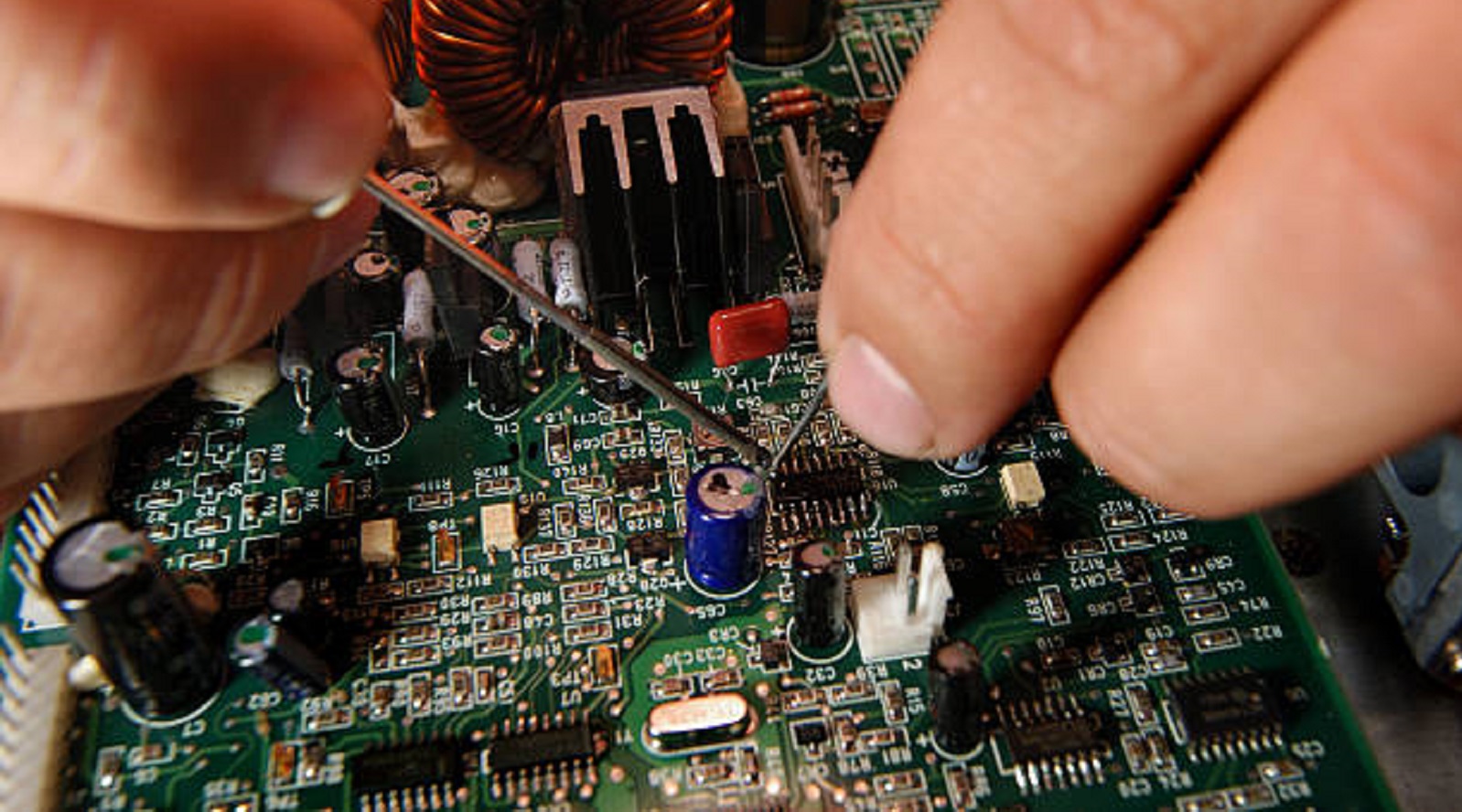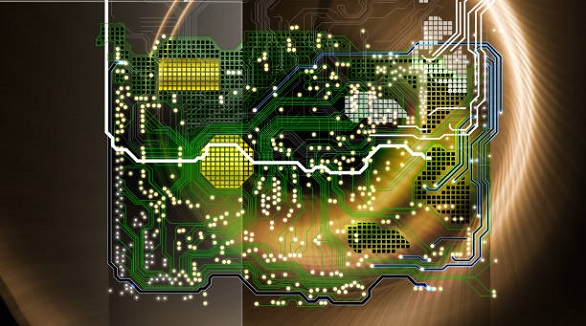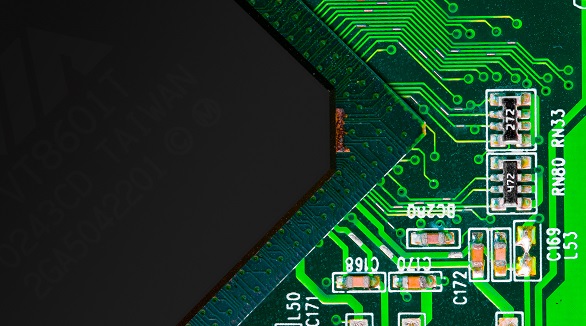Castellated Pads in PCB Design
Castellated pads in PCB design facilitate easy board-to-board connections, enhancing miniaturization, assembly, solder quality, and flexibility for compact modules.
In the world of fast-changing electronics, miniaturization seems to be one of the driving forces for designing and manufacturing printed circuit boards. As devices get smaller, innovative soldering techniques have also become more crucial, hence the demand for castellated pads. This article will explain what castellated pads are, their importance in PCB design, how they are specified in manufacturing, and best practices associated with their application.
The castellated pad is a form of special pad in PCB design, in which the outline has the shape of battlement or castle walls. These sorts of pads generally appear on the edges of a PCB and give a place where one circuit board can be attached to another, facilitating board-to-board connections.
Castellated pads provide a series of half-holes or indentations around the edges of a PCB for soldering directly into another board or module. The design optimizes the mounting process, as it gives way to multiple flexibilities with respect to the configurations of the circuit. In consumer electronics and telecommunication equipment, space and reliability become major issues; therefore, easy soldering of castellated pads becomes indispensable.
Why Castellated Pads Important in PCB Design
Castellated pads are quite in vogue for PCB design. Their advantages are unique and include the following:
Miniaturization: The race for smaller electronic gadgets demands newer soldering techniques. Castellated pads allow easy connections between compact modules without requiring any cumbersome additional components.
Improved Assembly: They make the work of assembling the PCB easier. Since mounting of one circuit board on top of another is allowed by castellated pads, interconnections also become easier, reducing the complexity of the overall assembly process.
Improved Alignment and Solder Quality: In regard to assembly, castellated pads help in board alignment-a necessary factor that enhances the creation of high-quality solder joints. Proper alignment reduces the prospect of cold joints in solder-the usual problems accompanying most of the general methods of soldering.
Flexible Design Options: Castellated pads allow various sub-circuits and components to be in one PCB, further giving designers their free will. Thus, this makes the repetition of several portions of the circuit easier, such as inverters and filters.
Support for Compact Modules: They are finding a perfect application in compact modules like breakout boards and Wi-Fi modules, where connecting complicated components is made possible without wiring extensively in the process.
Application Specification Recommendations for Castellated Holes
Designing castellated pads involves paying attention to specifications for the best performance:
Size: The largest pads possible should be used to provide increased stability in mounting.
Pad Design: Each castellation must have the biggest pad possible to ensure proper fitting.
Distance and Diameter: The minimum hole diameter for standard boards is 0.6mm, but for advanced boards, the diameter can be less. The minimum distance between castellated holes must not be less than 0.55mm.
Surface Finish: The quality of soldering depends on the surface finish. Most of the time, ENIG is recommended, but that would depend on the application.

Designing a Castellated Board
To design a castellated board, several steps are involved in ensuring high yield and quality:
Understand Half Hole Concept: Half holes are a must when designing good castellated pads. A designer should keep in mind that the lead-in holes for connectors must be considered and make use of the top and bottom edges when placing holes to avoid vertical edges that can affect the board integrity.
Gerber Modifications: To make the fabrication process easier, the designers should modify the Gerber files to include the drill hits for the castellated pads. This will ensure that the PCB design indicates precisely how it shall be fabricated.
Steps in Fabrication: Manufacturing castellated pad involves the following:
Hole drilling
Plating
Image transfer
Pattern plating
Etching
Solder masking
Surface coating
Plating half-etching integration
All these contribute to developing a product with appropriate performance and reliability.
Applications of Castellated Pads
Castellated pads find applications across various industries, including the following:
Telecommunications: Allow for connections in complex circuits to make communication reliable.
Consumer Electronics: Allow for compact design in devices such as smartphones and tablets.
Industrial Control: Allow multiple sensors and controls to be integrated into one PCB.
Automotive Applications: Support the increase in electronic demands within modern vehicles.
The development of electronic devices pushes the boundaries of PCB design, and among the most vital components in modern circuit boards, one can mention castellated pads. Their importance in the electronics field is outstanding because they can simplify assembly, improve the quality of the solder, and make connections between compact modules easy. With the increase in demand for smaller and efficient devices, their usage will be even more prominent and innovative.
Hot Tags:
Contact us

If you can't find what you're looking for, please contact us.
Article

FR4 permittivity affects PCB signal speed and impedance. It's crucial for design, requiring careful management in high-frequency applications for reliability.

Power and ground planes in PCBs ensure signal integrity, manage heat, and minimize EMI, crucial for efficient, high-performance electronic devices.

Tab routing enhances PCB production efficiency and quality, ideal for complex shapes. It offers cost-effectiveness, flexibility, and protection, crucial for high-precision designs and panelization.